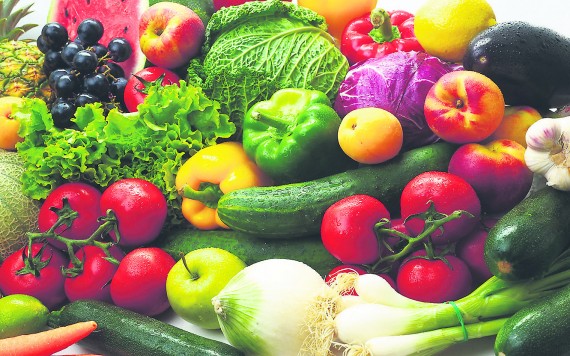
By Caryl Faye Yulo
First of all, I’d like to take this opportunity to say a big “Welcome Back” to all of our readers. I didn’t get a chance to do so in our first edition of the semester so, well, here it is! I’ll be in charge of the recipes/healthy eating section of each edition for this semester. I hope you enjoy it!
Now, onto the topic – what exactly is “buying loose”? It is simply buying fruits and vegetables that are not already in packaging. Not only is this method very cost-effective, as the price is calculated by the kilo, but it’s also a great way to reduce food waste. The last point is one I’m sure we are all guilty of. I used to take home a kilo of carrots because they were so cheap, only to be left with a bag of soggy, limp carrots by the end of the week. What seemed like a great deal at first, only lead to me literally throwing my money away.
This is where buying loosing comes in. Realistically speaking, not many people can go through a kilo of any one vegetable per week. The best thing to do is to estimate how much you need and, well, buy that exact amount. Aldi and Lidl are the best for buying loose. There are plastic bags everywhere and you can find that most of the fruit and vegetables you need can be bought loose there. Tesco and Dunnes? Not so much, and the prices are higher.
Surprisingly enough, the reason for some of my friends not buying loose is the simple fact that they don’t know how. And if you are in the same situation, here are my tips for buying loose:
1. Have an idea of how much of each fruit/veg you need.
2. Grab a plastic bag and fill it with only one type of food, i.e. one bag for potatoes, one bag for oranges, etc.
3. Very carefully inspect each and every fruit/veg before putting it in your bag – you don’t want to be buying rotten or bruised fruit/veg home now do you?
4. I recommend that you buy the fruit/veg in different ripening stages, i.e. buy a couple of ripe yellow bananas and a few green ones. This will help reduce food wastage even more.
5. If you’re using the self-service checkout and you’re buying, let’s say, some onions, search for its picture first, and after pressing it, rest the bag of onions on the weighs, i.e. where you scan the barcodes. Once the machine indicates the price, you can put it with the rest of your purchases.
6. And if you’re still confused, don’t forget you’re all adults now, just ask one of the workers and I’m sure they’ll be happy to help you.
![]()


